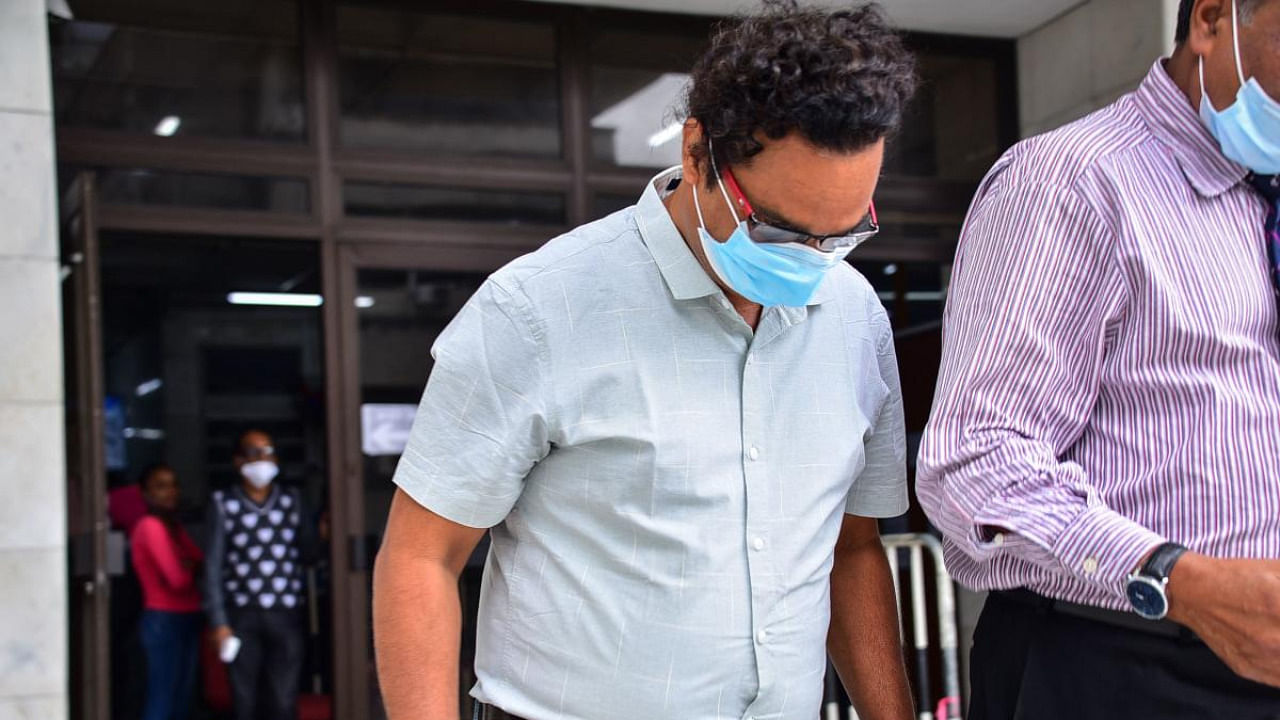
The captain and first mate of a freighter that crashed into a coral reef off Mauritius, unleashing the Indian Ocean archipelago's worst environmental disaster, were sentenced on Monday to 20 months' jail.
"The court took into consideration the fact that both defendants pleaded guilty and apologised. The sentence handed down is 20 months in prison," said magistrate Ida Dookhy Rambarrun.
The MV Wakashio, a Japanese-owned but Panamanian-flagged vessel, ran aground in July 2020, spilling more than 1,000 tonnes of toxic fuel into pristine waters, coating mangroves, corals and other fragile ecosystems.
The vessel's captain, Sunil Kumar Nandeshwar, who was convicted by a court in the capital Port Louis last week, admitted drinking during an onboard birthday party.
He and first officer, Hitihanillage Subhoda Janendra Tilakaratna, were found guilty of "endangering safe navigation."
"The captain and his second in command were irresponsible and did not deliver as they should on their 'navigational duties'," the magistrate said on Monday.
The MV Wakashio was sailing from Singapore to Brazil with 3,800 tonnes of fuel oil and 200 tonnes of diesel onboard when it ran into the reef off the southeast coast of Mauritius.
During the trial, the captain said he had given instructions to approach Mauritian waters in order to gain access to a mobile phone network so that crew members could contact their families.
"The sea was bad, but the visibility was clear and it was safe to navigate... At one point, the ship could not move and had touched the sea floor," Nandeshwar said.
"Since I had had a few drinks, it did not seem worthwhile to intervene and it did not occur to me that we were sailing that close."
More than 1,000 tonnes of oil seeped into waters full of marine life from a gash in the vessel's hull before salvage crews were able to remove all the remaining fuel.
The accident occurred near two ecologically critical sites: Blue Bay, known for its coral gardens, and Pointe D'Esny, which hosts a mangrove forest -- a crucial ecosystem as well as a weapon in the fight against global warming.
In the days after the accident, thousands of volunteers marshalled along the coast wearing rubber boots and gloves, scrubbing rocks and stringing together makeshift cordons to contain the oily tide.
Thousands of people also took to the streets in the following months to protest at the government's reaction to the disaster.
The ship eventually split in two.
Its bow and hull were towed 15 kilometres (nine miles) offshore and sunk.
The process to dismantle the stern section and remove it from the reef began earlier this year but has been postponed many times due to rough weather and strong waves.
Watch latest videos by DH here: